How To Improve Cannabis Plant Growth with Mycorrhizae

- 1. What are mycorrhizae?
- 1. a. Ecto mycorrhizae
- 1. b. Endo mycorrhizae
- 2. How do they work?
- 3. Benefits of using mycorrhizae
- 4. Introducing mycorrhizae to your garden
- 4. a. Store-bought mycorrhizae
- 4. b. Knf: indigenous microorganisms (imo)
- 5. When is the best time to use mycorrhizae?
- 6. Examples
- 6. a. Arbuscular mycorrhizal fungi
- 6. b. Ericoid mycorrhizae
- 7. In conclusion
Fungi are a life form fundamental to life on earth and are found all over the world, obviously, there are fungi that are harmful to cannabis plants but when they live in a symbiotic relationship with cannabis plants, they can guarantee the survival of different plant species, including cannabis. Fungi play a vital role in nature and can have a beneficial relationship with plants, developing filaments that form a network that helps plants absorb nutrients. Fungi, along with bacteria, protozoa, nematodes, and other microscopic organisms, play a vital role in the soil food web—an interlinked series of food chains that cycle nutrients in the soil. Ultimately, these critters work hard to break down large organic compounds that makeup animals and plants, and convert them into simpler molecules that living plants are able to uptake. While all of these life forms are vital to the optimal operation of ecosystems, fungi stand out as one of the most critical and unique, especially when growing feminized seeds.
Neither animals nor plants, fungi belong to their own kingdom of life. There are millions of different species, and all of them obtain nutrients in different ways. When it comes to growing cannabis, and gardening as a whole, it’s the saprotrophic and mycorrhizal fungi that deserve the most attention. Saprotrophs are species that live within decaying trees, wood chips, and carbon-rich chunks of organic matter within the soil. Over time, they release acidic enzymes that break down these substrates into smaller molecules that start to build up hummus in the soil—the dark end result of the decomposition process that’s rich in carbon, and also contains nitrogen, phosphorus, and sulfur. However, these catabolic processes don’t involve a direct connection to cannabis plants. This is what makes mycorrhizal fungi so interesting. These species physically fuse to cannabis roots and form a symbiotic relationship that involves the subterranean exchange of critical resources.
1. What are mycorrhizae?
Mycorrhiza is a symbiotic relationship that fungi can form with the roots of plants, in this relationship, the fungus feeds on the sugars (such as carbohydrates) produced by your plants through photosynthesis, and in return, the fungus makes water and nutrients more available in the soil. Unlike bacteria, these fungal species are multicellular organisms. They’re composed of many small threads called hyphae. Collectively, these tiny strands form a structure known as a mycelial network. Hyphae are only one cell in width, but growth is extremely long in chains of cells.
Each of these cells is connected by a porous wall known as a septum—a structure that allows small molecules to move between cells. Ultimately, you can look at chains of hyphal cells like a large hose. At the tip of these chains, fungi release power enzymes that they use to externally digest organic matter. Once broken down into small pieces, that transport nutrients through their chains to where they are needed, which often includes the roots of cannabis plants!
Types of mycorrhizae
This kind of relationship can be defined into two types, each one of them working somewhat differently but resulting in the same benefits.
| Type of fungus | How it works |
|---|---|
| Ecto mycorrhizae | Live just outside the roots, protecting plants against diseases. |
| Endo mycorrhizae | Live inside the roots, help nutrient and water absorption in exchange for sugars. |
Ecto mycorrhizae
Ecto mycorrhizae fungi are the ones that form a beneficial relationship but live in the rhizosphere, these organisms live just outside the root system and can be seen even without a microscope. However, they aren’t entirely isolated from plant roots. The word “ecto” refers to “external”. But these species still manage to transport nutrients to certain plant species.
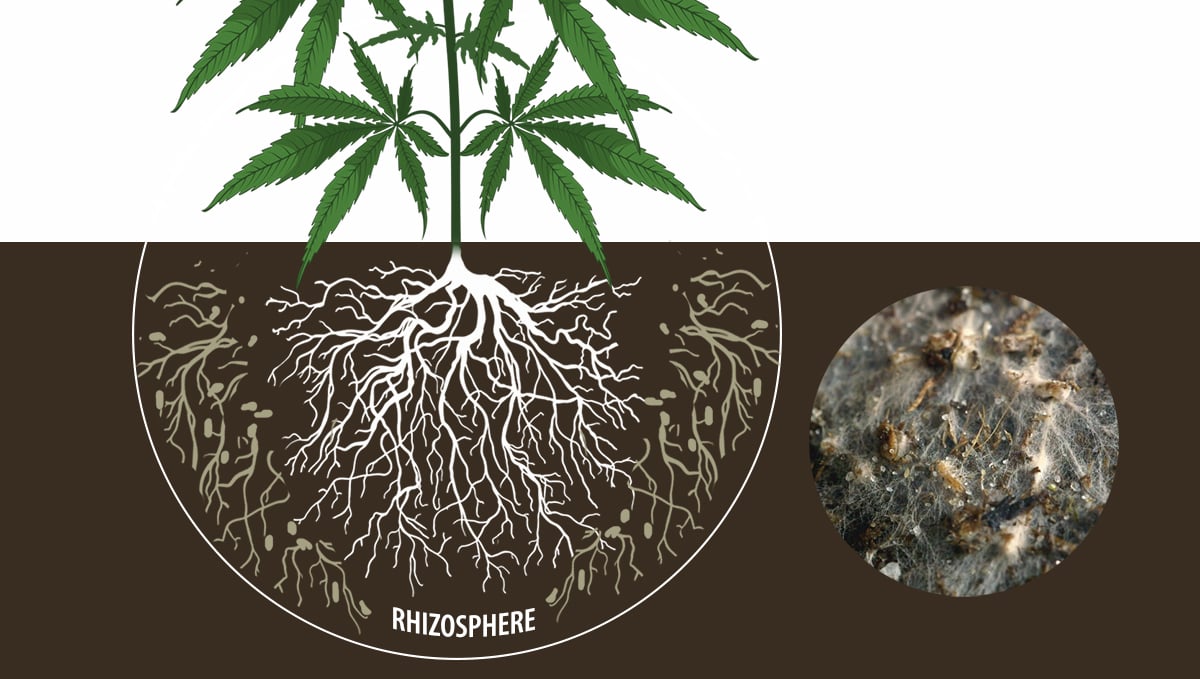
They do this by latching onto the outside of the roots, within penetrating root cells. However, ectomycorrhizal fungi aren’t allies with cannabis plants—they chiefly work in a symbiotic relationship with large trees that reside in boreal and temperate forests. This type of symbiotic relationship is very common worldwide and is used in all types of gardens due to its benefits as a natural biopesticide and its properties as a regulator of fungi diseases.
Endo mycorrhizae
Endo mycorrhizae are the same as ecto mycorrhizae fungi but live inside the roots, bringing a lot of benefits to all plants, including cannabis.
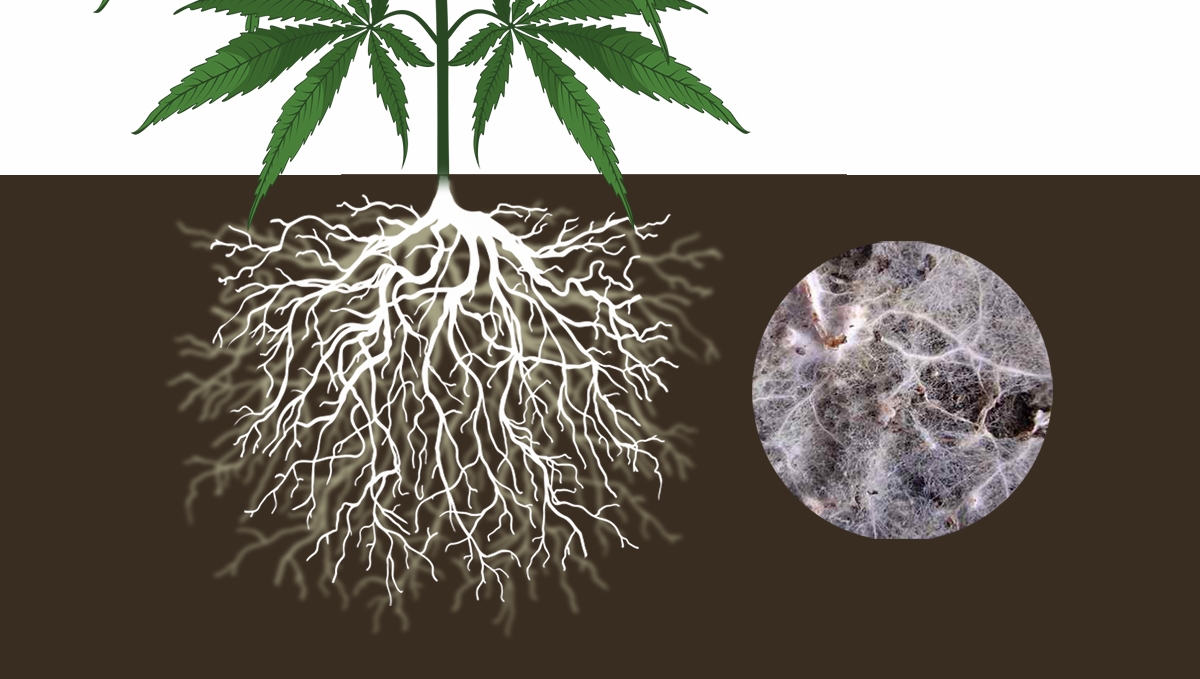
This type of relationship is known for developing a network between the roots and the hyphae (the fungus “roots”), allowing nutrient exchange between the fungus and the plants in exchange for the sugars that cannabis produces during their natural processes.
2. How do they work?
Mycorrhizae is a symbiotic relationship between a host plant and the fungus, in most cases, the relationship is mutually beneficial, this happens before mycorrhizal fungi come in direct contact with the plant’s roots and the medium, creating a big network and increasing a plant’s ability to absorb nutrients and water, and in exchange, the plant feeds the fungus sugar, resulting in benefits for both.
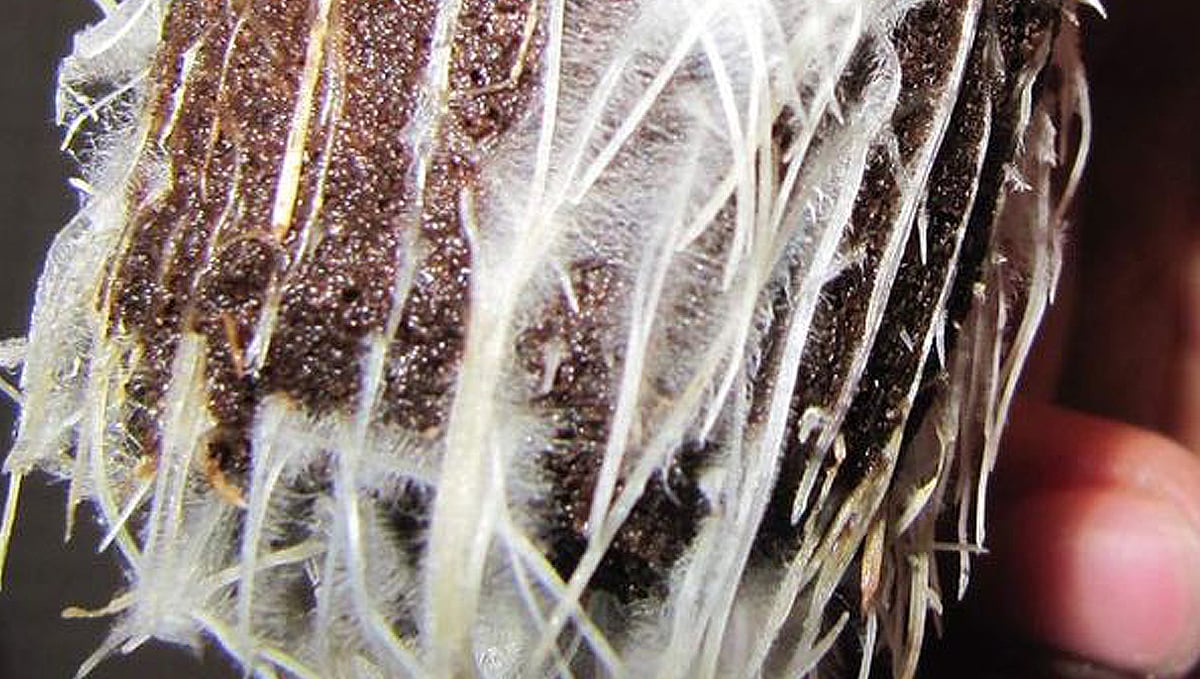
Now, have in mind that sometimes this relationship can change, for example, if you’re feeding synthetic fertilizers that feed the roots directly, your plant won’t need help to gather nutrients and water so your plant will end up feeding the fungus and getting nothing in return, in this case, the relationship has become a parasitic relationship and can end up affecting your plant’s growth. To avoid this, you can use organic nutrients such as composting, super soil, or KNF that make the nutrients available in the medium, this way you will simulate what happens in nature and may end up having better results.
3. Benefits of using mycorrhizae
Not only fungi but a lot of microorganisms bring several benefits to all plants, when talking about mycorrhizae, they will contribute to how your plant grows and improve its performance.
Improves the uptake of nutrients
The roots absorb the nutrients in the soil as they grow and once the nutrients surrounding them are consumed, they have to grow longer to search for new soil where the nutrients have not been absorbed. When a mycorrhizal relationship happens, the plant will use the nutrients more efficiently which will result in more plant growth.
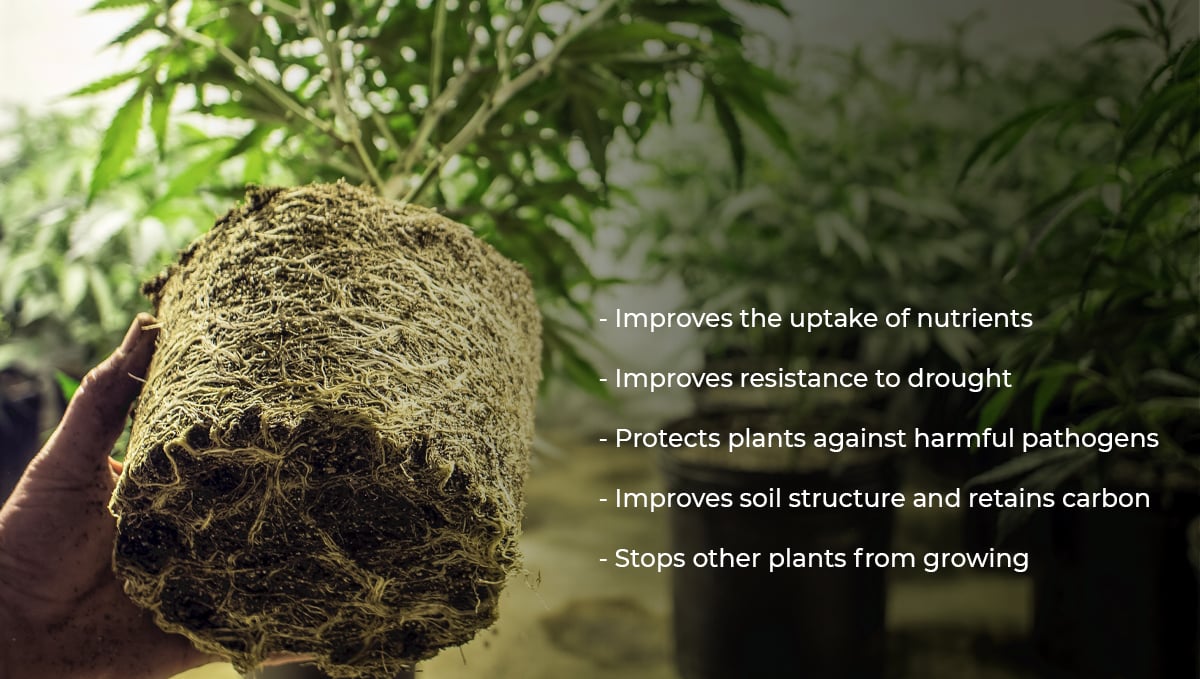
In this relationship, the plant absorbs nutrients and water while the fungus uses the carbohydrates and vitamins produced through photosynthesis, this is why this type of relationship can contribute to an overall better harvest.
Improves resistance to drought
Mycorrhizal relationships enhance the plants’ ability to resist bad environmental conditions, particularly when there’s not enough water in the medium because these fungi increase the capacity of water storage inside the roots. Fungi create filaments near the roots that retain water that serve as small water reserves that benefit both the plant and fungus, resulting in plants that need to be watered less often, this way avoiding overwatering and overfeeding.
Protects plants against harmful pathogens
Some types of mycorrhizas can create a protective barrier around and inside the roots that can stop some pathogens from attacking the roots and colonizing your plant.

Now, this won’t make them completely disease-proof but even if the pathogen gets inside the roots, the structure the mycorrhizae create can protect your plant from diseases.
Improves soil structure and retains carbon
The filaments (aka hyphae) of the mycorrhizae fungi spread relatively fast, these filaments form a structure similar to the structure of a plant’s roots. By creating this network, soil particles bind together and improve soil aeration and water retention, they also produce glomalin which is an essential compound in soil and it’s responsible for storing ⅓ of the soils carbon. Glomalin stabilizes the soil, preventing the carbon from leaking into the atmosphere, and can remain active even after the death of the fungi.
Stops other plants from growing
Some fungi have the ability to stop other plants from growing while still letting the host plant to thrive, which results in fewer weeds growing in the same area, allowing your plant to make the most out of the soil it’s planted in and ultimately increasing both quality and quantity of your harvest.
4. Introducing mycorrhizae to your garden
It doesn’t matter what type of soil you’re using, it’s most likely it already contains some Mycorrhizae in it but that doesn’t mean it’s helping your plants because the Mycorrhizae spores have to come in contact with your plants’ roots to be able to work together and they don’t travel easily through the soil because they’re relatively big.
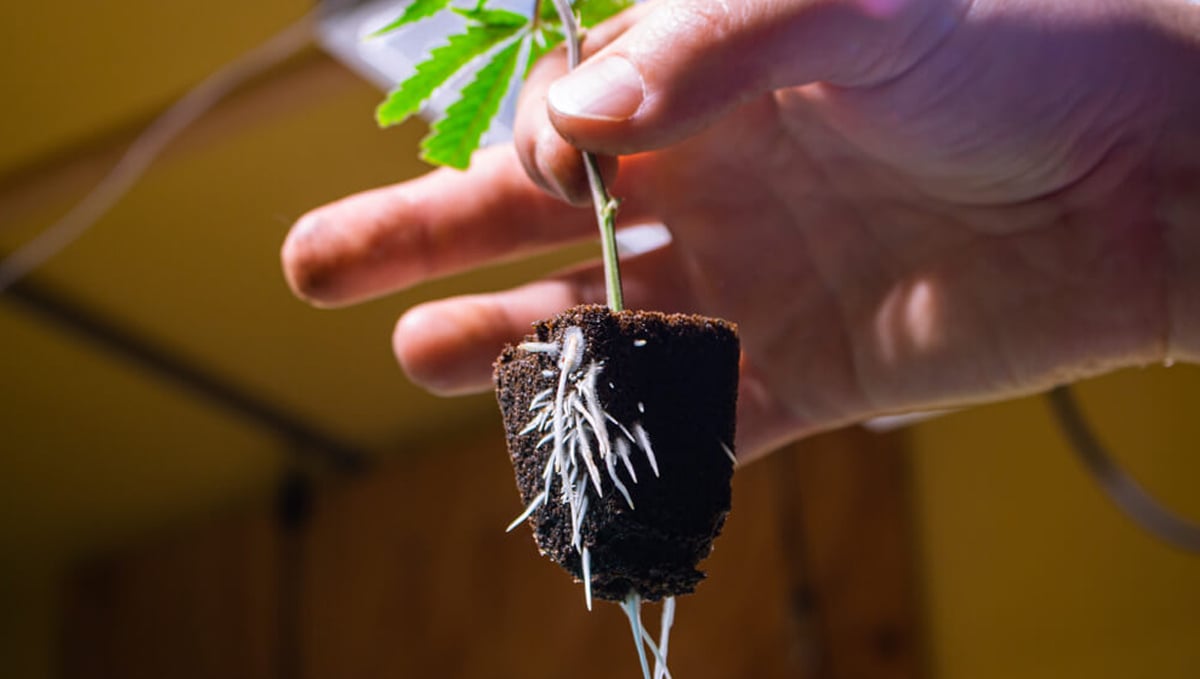
If you want to make proper use and bring these benefits to your garden there are a couple of ways, one is to buy them in your local grow shop and the other is to go out to the woods and gather them by yourself.
Store-bought Mycorrhizae
Depending on where you live, it may be easier to go to your local grow shop and buy Mycorrhizae, there are several products and it’s quite easy to find them. These products come powdered and it’s as easy as can be, just mix it with the soil or apply a bit on the roots before planting your cannabis and you’re set. For outdoor growers who are susceptible to the weather, a Mycorrhizae population can help your plants withstand harsh weathers, and even when growing indoors, Mycorrhizae can help your plant make it through if you encounter problems with your growing equipment and the conditions are compromised.
KNF: Indigenous Microorganisms (IMO)
Another way to introduce fungi to your garden is to collect them in the woods, this four-step process consists of capturing, cultivating, and preserving microorganisms naturally found and bringing them into your garden.

Now, have in mind that KNF was created by Master Cho as was designed to be made with the naturally occurring fauna and flora in Korea, but you can adapt the ingredients to what you can find where you live.
IMO #1
First of all, you have to collect the microorganisms, the best way is to collect the IMO near the rhizosphere of plants whose roots contain sugars. Some plants contain a high amount of sugars that attract bacterial-dominated microbes, nematodes and fungi. You will have to place the collected soil in a bucket with holes on the bottom and hard-cooked rice, this allows the microbes to enter while keeping animals away and allowing water to drain.
IMO #2
After the microorganisms have colonized everything, you will have to add brown sugar and cover it with a breathable cloth in a cool place away from sunlight for seven days.
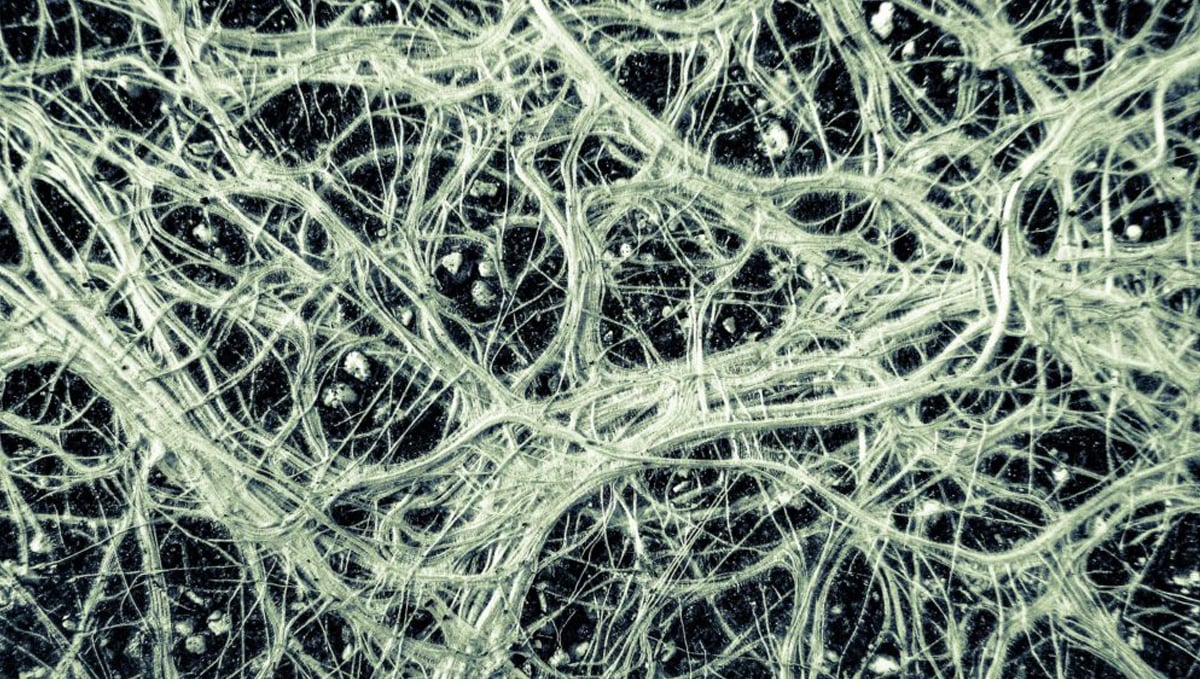
IMO #3
Now that your IMO #2 is ready, you have to multiply them. To do this, you’ll have to mix wheat flour, fishpond water and natural nutrients with 15ml of IMO. If everything is done properly, it will start to heat up, meaning the processes have started and you will have to mix the pile every two days to bring down the temperature and even out the heat.
IMO #4
Now that the process has ended, you have to break up the IMO #3 into small pieces, mix 10ml of biochar and mix it in a 1:1 ratio with soil, letting it rest for one more week. After this final step, you will have properly inoculated IMO #4 and it’s now ready to be used as a topsoil amendment. Before trying it for yourself, we recommend taking a look at our external references where you’ll be able to see a detailed step-by-step of this process.
5. When is The Best Time to Use Mycorrhizae?
Mycorrhizae can really be utilized at any point in our garden, it will only have a beneficial impact on your plants and the health of the soil. It's there to help your plant roots retain moisture and help with quicker nutrient absorption which is why it makes it ideal during transplanting.
Transplanting
Using mycorrhizae during transplanting will give you some great results. You will see less of a chance of transplant shock appearing on your plants. For the most part, when you are growing organically there will always be some kind of mycorrhizae inside the soil. It is either naturally occurring from decomposition or companies will use a myco additive by the soil company. Just because you find a consortium of mycorrhizae in your soil doesn't mean it will necessarily do anything beneficial until it is in contact with plant roots. This is why we recommend applying a powder form of mycorrhizae when transplanting your cannabis plants into their new pots to get the best use from it. All you need to do is sprinkle mycorrhizae all around the root ball in the plant when you are transplanting and possibly a little extra in the soil where your transplant will be planted to ensure thorough coverage.
Before and During Flower
So your plants have been vegged out to your desired size and you are ready to induce flowering and get some dank cannabis but wait to add some more mycorrhizae before you flip! When people are growing organically whether it's photoperiods or autoflowers they are usually top dressed and fed for the coming flower cycle. What people will often miss is when feeding before flower it could be very beneficial to have a liquid mycorrhizae product whether it's brewed at home or you buy it from the store. Mycorrhizae has a special relationship to possibly the most important macronutrient during flower, phosphorus. While it's true mycorrhizae will help all nutrients be absorbed it does something better with phosphorus making it ten times easier to be absorbed than other nutrients and it even makes it more difficult to lockout phosphorus. Our favorite water-soluble microbe and mycorrhizae product is real growers recharge.
6. Examples
Here are some examples of Mycorrhizae fungi that can develop a symbiotic relationship with cannabis plants, just remember that some of them work with specific plants so you need to choose which one will be better for the plant you’re growing.

Arbuscular mycorrhizal fungi
This one is the most common of all fungi and it can associate with almost 90% of all plants on earth, these types of fungi penetrate the roots and create a network outside of it, where they bring in water and nutrients while they feed on carbohydrates produced by plants.
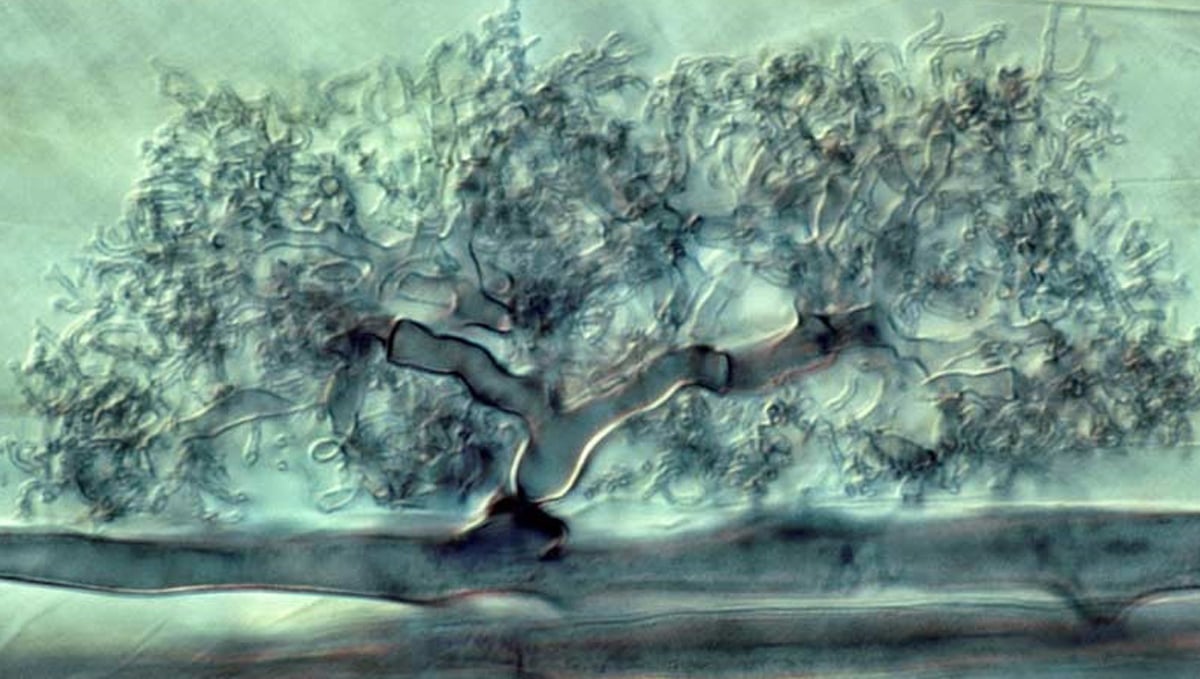
Ericoid mycorrhizae
These fungi are found in nutrient-poor and acidic soils such as the ones found in forests, this group of fungi have the ability to break down organic forms of nitrogen into smaller pieces which helps plants absorb it better.
7. In Conclusion
Even though it may not seem like a good thing when you see mushrooms growing on top of your soil, now you know all of the benefits they bring and you’ll think twice before removing them when they grow near your cannabis plants. If you’ve had experience growing with the help of Mycorrhizae, help your fellow growers, leave a comment in the comment section below!
External References:
- Importance of Mycorrhiza Fungi in Agriculture. - Meshram, Mayurkumar & Kumari, Shivani. (2020).
- Roots and mycorrhizas in plantation ecosystems. - Vogt, Kristiina & Asjbornsen, H. & Ercelawn, A. & MONTAGNINI, FLORENCIA & Valdes, M.. (2020).
- Natural Farming: The Development of Indigenous Microorganisms Using Korean Natural Farming Methods. - A. Keliikuli, K. Smith, Y. Li, and C.N. Lee









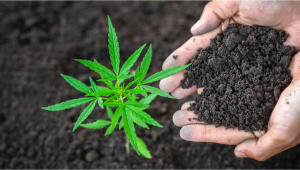



Comments